Why should you grow rosemary in your garden?
Rosemary is not just an herb but also a medicinal plant. Additionally, there are many benefits to growing it in your garden:
-
Rosemary has a pleasant fragrance, which can have a soothing effect around the house.
-
It is also used in cooking (infusing tea or seasoning meat).
-
Planting rosemary around your home can help repel mosquitoes, freshen the air, and eliminate odors and humidity.
-
Rosemary is also beneficial as a mouthwash and a hair rinse.
Therefore, this article will compile successful experiences in planting and caring for rosemary in Vietnam. If you are interested in growing this plant, please refer to the following.
Guide to selecting rosemary cuttings for planting
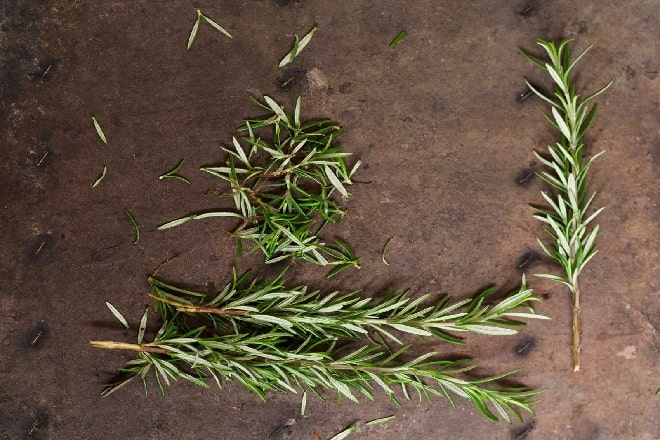
When it comes to planting rosemary, it is best to use cuttings. Many forums discuss failures in growing rosemary from seeds. According to Veque's research, rosemary should not be grown from seeds due to two reasons: (1) It's challenging to obtain high-quality seeds from this plant until it's a few years old; (2) The germination rate from seeds is also very low.
Therefore, growing rosemary from cuttings is the most effective method. If you cannot obtain pre-rooted rosemary cuttings, consider purchasing plants directly from farms. Remember not to buy rosemary seeds online, as the plants you receive may not be what you expect.
When selecting from a nursery, choose pots with multiple stems and well-draining soil (lift the pot to check for lightness). Multiple stems will provide you with more rosemary plants to grow. Additionally, well-draining soil will facilitate better rosemary care.
Beginners should avoid purchasing rosemary pots with dense soil (heavy and sticky when lifted), as these plants may look beautiful but are prone to dying when brought home.
>>>Read More: How to Grow ZZ Plant from Leaves
Detailed guide on planting rosemary from cuttings at home
To successfully grow rosemary from cuttings, follow these steps:
Prepare soil and potting mix for planting rosemary
Proper potting mix is crucial for the survival of rosemary. Rosemary prefers well-draining soil, so simply using store-bought soil or mixing it like for leafy greens will likely cause the plant to perish after a few heavy waterings due to root rot.
Therefore, when planting rosemary at home, use a potting mix consisting of: 3 parts loam soil, 1 part sand or perlite, 3 parts coconut coir, and 1 part organic compost.
Additionally, choose pots with good drainage. Small pots should have many drainage holes, while larger pots should have one large drainage hole with a layer of charcoal or gravel at the bottom to improve drainage. When planting rosemary, ensure the pot's mouth is wide to prevent root suffocation and excess moisture.
How much water does rosemary need?
Rosemary can withstand dry conditions but to keep it lush and healthy, regular watering is necessary.
In the context of planting rosemary from cuttings, observe the soil surface. Insert your finger about 3 cm into the soil. If the soil feels dry, water thoroughly; if moist, refrain from watering. Additionally, you can lift the pot to check its weight; if it feels light, it's likely dry.
The watering principle is always to water thoroughly at the base until water drains out of the pot's bottom. Signs of dehydration in rosemary include curling and dry leaves.
Watering experience suggests watering twice a day during full sun days and once a day during winter. Remember, rosemary requires good drainage, so avoid overwatering if using dense soil, as it can lead to root rot and plant death.
Does rosemary need a lot of sunlight?
Rosemary prefers full sun conditions. Without enough sunlight, the plant may become leggy, curl its leaves, or develop blackened foliage. Therefore, rosemary should ideally be grown outdoors unless you have a large, sunny, well-ventilated room with large windows.
In theory, rosemary needs at least 6 hours of sunlight daily. However, in tropical countries like Vietnam, where sunlight is abundant, placing it where it gets about 4 hours of sun per day should suffice. Of course, mature rosemary plants can tolerate full-day sun once established. For newly planted rosemary, morning sun exposure is preferable to avoid leaf burn from midday sun.
Guide to rosemary care
After successfully planting rosemary from cuttings, it requires dedicated care due to its somewhat 'high-maintenance' nature.
Regular pruning of rosemary
Rosemary does not require heavy feeding, but occasional fertilization promotes vigorous growth. A simple option is to use rice water for watering. For more substantial feeding, apply organic fertilizer around the pot's edge once a month.
Rosemary benefits greatly from pruning. Regular pruning encourages bushier growth and keeps the plant healthy. When transplanting into a new pot, trim the roots lightly and prune all wilted or tangled branches. Afterward, pruning can be done daily or every 2-3 months to maintain the plant's shape.
Pruning helps rejuvenate the plant and stimulates vigorous growth. Rosemary leaves have many applications, so don't hesitate to prune for the sake of the plant's health.
Preventing pests and diseases in rosemary
As a medicinal plant, rosemary is generally resistant to diseases. However, in Vietnam's humid climate, it may still suffer from fungal attacks. Here's how to care for it:
-
Remove all diseased branches and prune for better airflow.
-
Spray leaves daily and use lime water spray sparingly.
-
Avoid using chemical pesticides available on the market, as they may harm the plant.
-
If the plant shows leaf curling, it indicates insufficient sunlight. In such cases, move the rosemary to a sunnier spot.
This detailed guide covers how to grow rosemary from cuttings. Due to its many benefits in daily life, consider growing it in your garden.
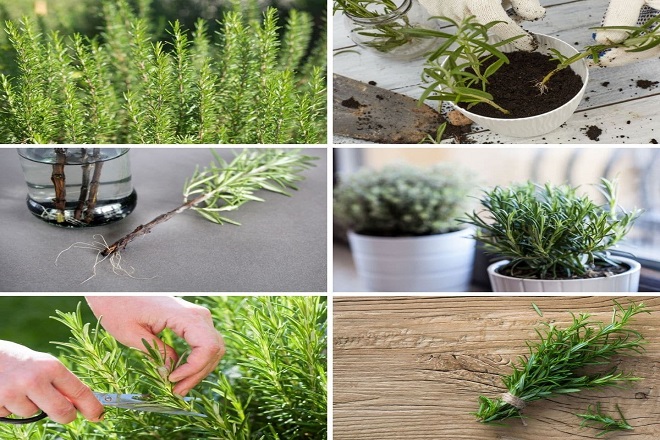

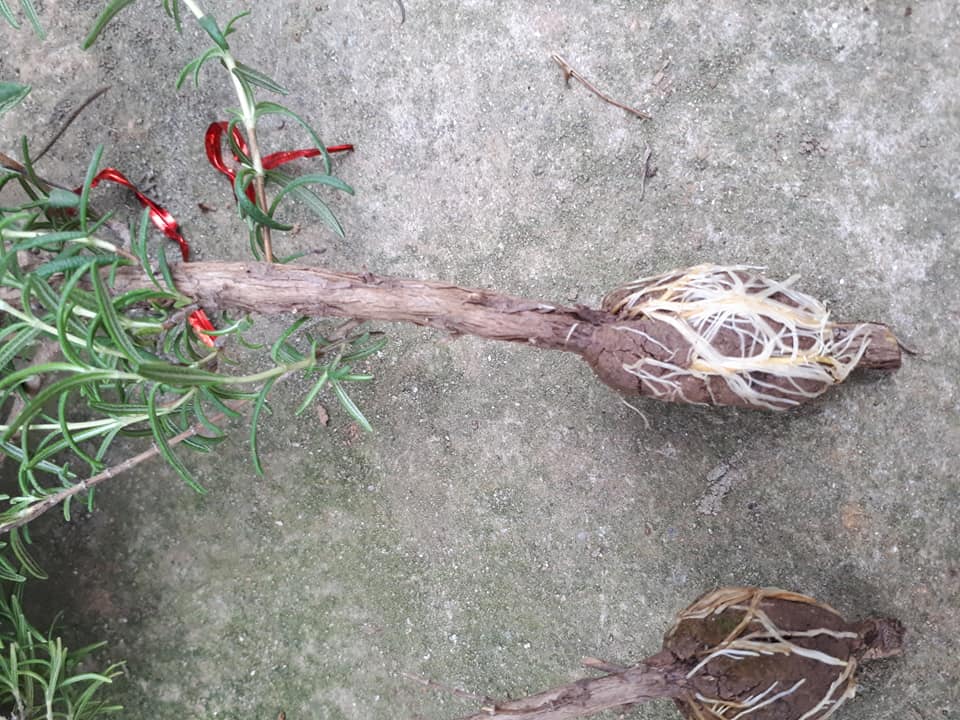
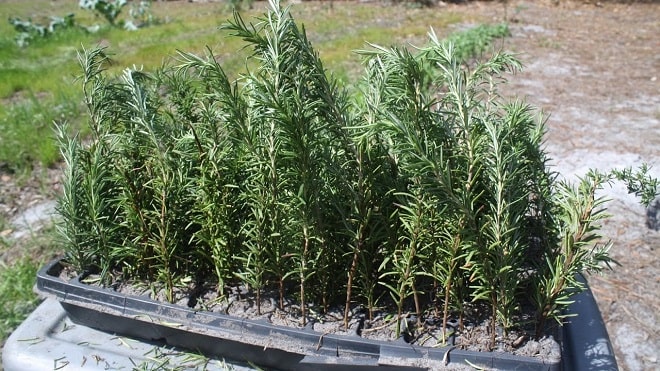
 The most unique carrots in the world!
The most unique carrots in the world!
 Guide to Propagating Basil Cuttings for Beginners
Guide to Propagating Basil Cuttings for Beginners
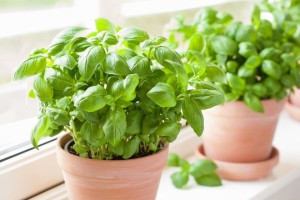 How to take care of basil plant indoors for Beginners
How to take care of basil plant indoors for Beginners
 Interesting Facts About Ants
Interesting Facts About Ants
 Coucal bird: Natural Enemy of Snakes
Coucal bird: Natural Enemy of Snakes